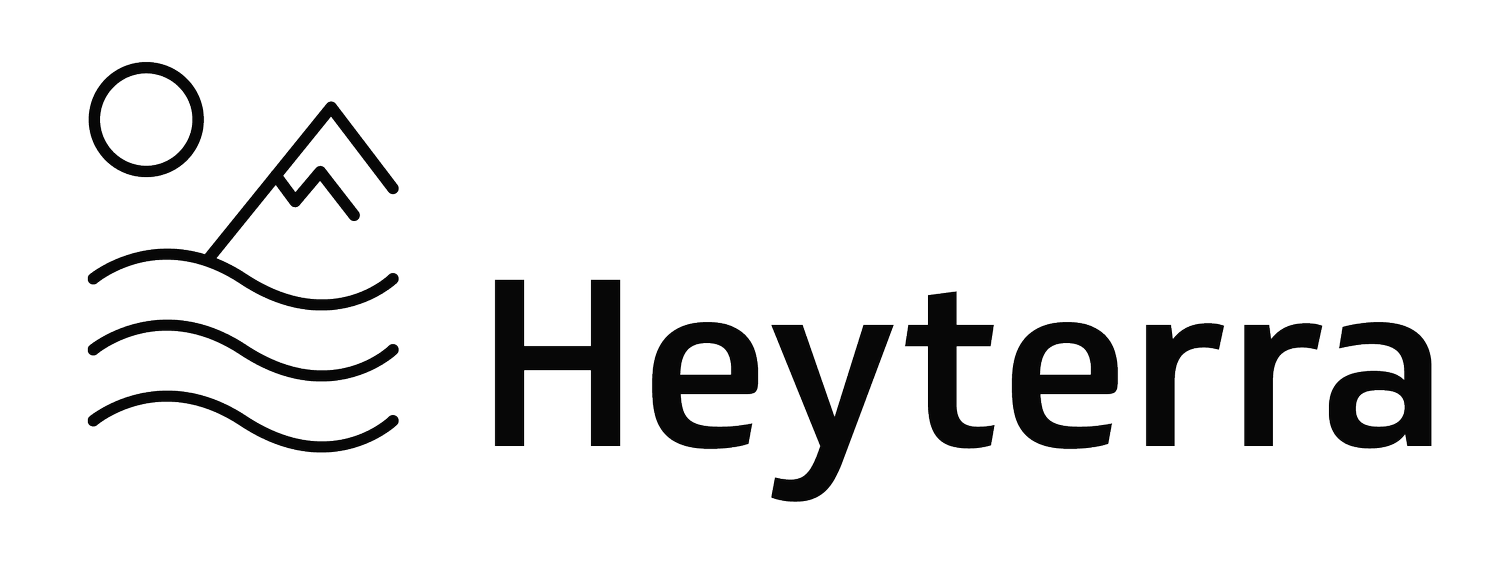Why Namibia is One of the Best Places in Africa to Travel with Kids
From exploring the Kodachrome of natural wonders to a safe road-tripping infrastructure, here’s why Namibia should be the first African country your family should visit.
When starting to think about a family adventure in Africa, the idea of barreling in a 4x4 camper truck across hundreds of miles of sand-gridded roads through a landscape not dissimilar to Mars isn’t exactly the first visual that comes to mind.
Yet any parent can agree that the more wide open spaces for kids to explore and epic natural surroundings to engage with, the better.
And in Namibia, “epic” is an understatement. What other country can you race alongside ostriches going the speed of your truck, glimpse a desert elephant scraping the sand for water, climb dunes the size of skyscrapers, or do a sunrise hike into salt pans Salvador Dalí could have painted?
Whether it’s coaxing your 10-month-old to take her first steps in the sands at Sossusvlei or spotting wavelets of giraffes at Etosha with your teens, here’s a few reasons why Namibia is one of the best places in Africa to visit with your kids, no matter their ages.
Namibia is one of the most diverse destinations in Africa.
While in most of safari-centric Africa (Zimbabwe, Kenya, Tanzania, or Botswana) there’s an overarching focus on wildlife, Namibia also contains landscape, adventure, and culture at the forefront. Parents know all too well the value of changing things up for their mini travel companions.
Along with unending opportunities to see unique animals in their natural habitat, kids can run up and down the dunes at Sossusvlei, learn about 8,000-year-old sand carvings created by the San people at UNESCO-listed Twyfelfontein, or play pirate along the shipwrecked Skeleton Coast.
Namibia is such a tactile place, it can’t help but inspire families to get out of the bubble and engage with the land firsthand.
Logistically it’s safe to get around.
If opting to self-drive (highly recommended, especially if you have older kids ready to take on more adventurous decision-making), Namibia is actually an easy country to maneuver about.
Despite its vastness and oftentimes hundreds of miles between towns, it has the best road infrastructure on the continent, according to the World Economic Forum.
Campsites and lodges everywhere from Fish River Canyon to Opuwo are very organized, not too expensive and for the most part accessible (we were able to book our sites spontaneously, even during August’s high season).
Just be prepared for the elements of a big road trip (bring enough water, know how to change a tire, 5-point harness for car seats). We had a few flats ourselves and fellow travelers always stopped to help us out.
Dry Climate
Namibia is generally a dry land, largely devoid of malaria in the tourist areas and no yellow fever. For school-age children, July and August are the best times to go, the end of the dry season, and it fits with school schedules. Daytime temps during Namibian winter are pleasant, and it’s cooler at night. If camping, be prepared with layers!
And always consult with your doctor before traveling about areas and specific vaccinations depending your child’s age.
A few ways to support what’s happening in Namibia
Visit the Cheetah Conservation Fund Center located in Otjiwarongo to learn about the cheetah. More like a working farm, it’s open to visitors, is kid-focused and there’s even a guest house if staying overnight.
Learn about the Himba, a semi-nomadic pastoralist community in the north and current land rights issues in the northern part of the country.
Save the Rhino partners with local traditional leaders is a collaboration with government and local traditional leaders to help conserve the black rhino.
People are incentivized to protect the land.
Namibia has such a unique approach to conservation not only in Africa but worldwide. It’s the very first country to have biodiversity protection written into its constitution and where Namibians are empowered to self-manage their natural resources.
More than half of the country’s surface area (Namibia is twice the size of California) is thus dedicated to wildlife conservation and has resulted in thriving numbers of animals as well as cultural pride. Our kids should have the opportunity to learn about these creative conservation models not only to help preserve wildlife, lanscape and biodiversity, but to ensure they’re around for future generations.
Giving our kids the autonomy to educate themselves through travel is part of the many pros of traveling as a family.












